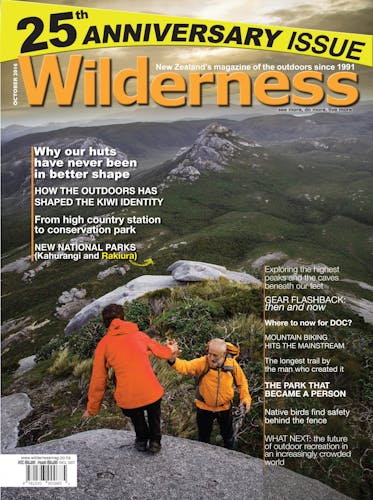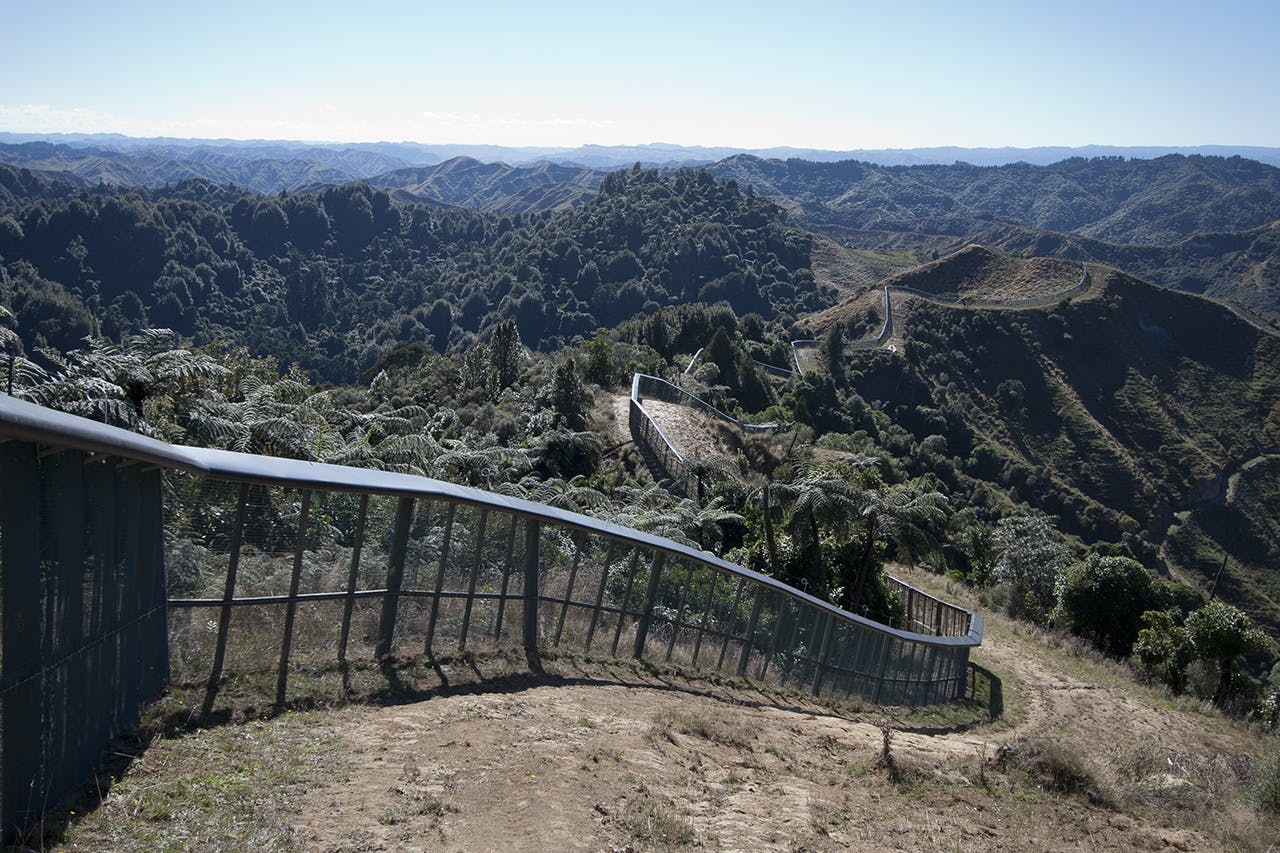Efforts to save our wildlife date back to the 1800s, but gained unstoppable momentum in the 20th century.
By Janet Hunt
Picture it: a forest grove, the air full of the calls of tui, bellbird and stitchbird as they compete for nectar, where robin and saddleback forage in leaf litter by day and kiwi take the night shift, where kokako splash in a drinking trough in front of your wondering eyes and takahe browse like large blue hens below the lighthouse. Rare brown teal duck and dive on a small dam, while around the coast, little blue penguins shack up for the day.
This is the open sanctuary, Tiritiri Matangi Island: those who visit – and everyone should at least once – fall under its spell. It’s the most accessible glimpse we have of how this land may once have been, with a truly extraordinary roll call of endangered creatures.
It took 85 million years for the islands we call Aotearoa/New Zealand to edge away from the Gondwana landmass and raft across the Pacific, carrying its precious cargo of plants and critters – lizards and other reptiles, amphibians, invertebrates, a few bats and a grand contingent of birds.
When the first humans pulled up their waka and stepped ashore some 700 years ago, they found an ecological Eden, cloaked largely in forest, its inhabitants a diverse company that had evolved – feather, carapace and claw – according to only one precept: survival of the fittest. Nature called the shots. There was nothing else like it on Earth.
Many of those inhabitants are no longer around, some known to us only through archaeological evidence. Those first humans saw to that. Not only were they heedless harvesters of the large, often flightless and helpless birdlife, they also used fire as a hunting and agricultural strategy, destroying 30 per cent of forest cover, particularly in the east of the main islands. Further, their animal companions, kuri, the Polynesian dog, and kiore, the Pacific rat, devastated small birds and other creatures. Within a mere 100 years, 30 bird species were gone for good and others were in rapid retreat.
The second invasion was even more lethal. Lowland landscapes were obliterated by Europeans keen to recreate the world they left behind. Habitats were modified or destroyed as forests, plains and wetlands were replaced by farms, roads and urban centres while a massive complement of not only domestic animals but also hangers-on including rabbits, hares, deer, pigs, possums, two more species of rat, mice, three species of mustelid, cats, dogs and hedgehogs munched and chewed their way through the countryside. As late as the 1960s, species were still going extinct, while others wavered on the brink.
Offshore islands saved the day. Their relative inaccessibility made them last bastions for some remnant species and retreats to which others could be safely moved. In the late 1800s Hauturu/Little Barrier, Kapiti and Resolution islands were accorded reserve status, and while Resolution failed when it was infiltrated by long-distance swimmers – stoats – Hauturu and Kapiti ultimately became our oldest, most valued sanctuaries.
Throughout the 20th century, with gathering momentum and increasing success, offshore islands were lifeboats: where necessary, as on Tiritiri Matangi, grazing animals and pest plants were removed and the forest replanted. Then began the painstaking task of rebuilding endangered populations.
It was logical that the next step would be a mere hop across the water to the creation of predator-free mainland islands, some fortified by fences and others simply under continuous control by trapping and toxins.
People of the Wildlife Service and later, people from the Department of Conservation, are major figures – heroes – in this story, but they are not alone. For each and every refuge, and there are too many to name here, dedicated individuals and groups do the hard yards, raising funds, walking traplines, counting bird calls and monitoring outcomes, applying for funding and organising species translocations . . . the list goes on.
Technology is increasingly part of the picture, with more and more sophisticated strategies for targeting predators. At the same time, there is growing support from philanthropic sources and finally, this year, the government joined the party with commitment to predator-free status by 2050.
It’s a huge goal with a prize beyond price. There’s much yet to be done, but things are on the up. On Tiritiri Matangi and in all the sanctuaries, onshore and off, spring is in the air; tui are dogfighting over territory and kereru are beginning to display. A new dawn is coming.
– Janet Hunt is the co-author of the book Paradise Save






